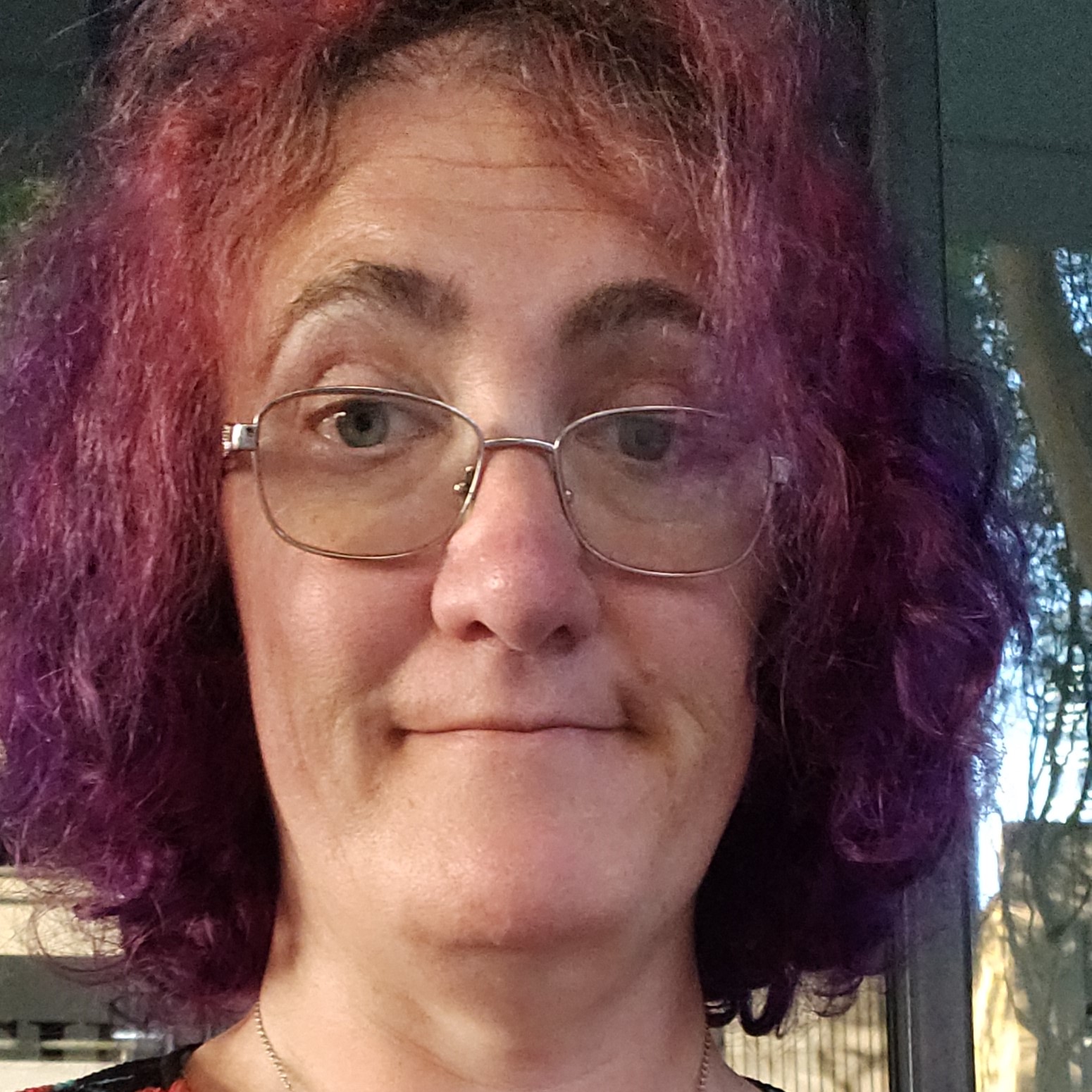

I’ll generally remove posts without questions if someone reports them, but if they aren’t bothering anyone enough to report it and I don’t notice that they’re in this community, then IMO, they’re not doing much harm.
But if and when the community gets bigger, signal to noise ratio becomes a lot more important when it’s harder to keep up with everything. But we can cross that bridge if and when we get to it IMO
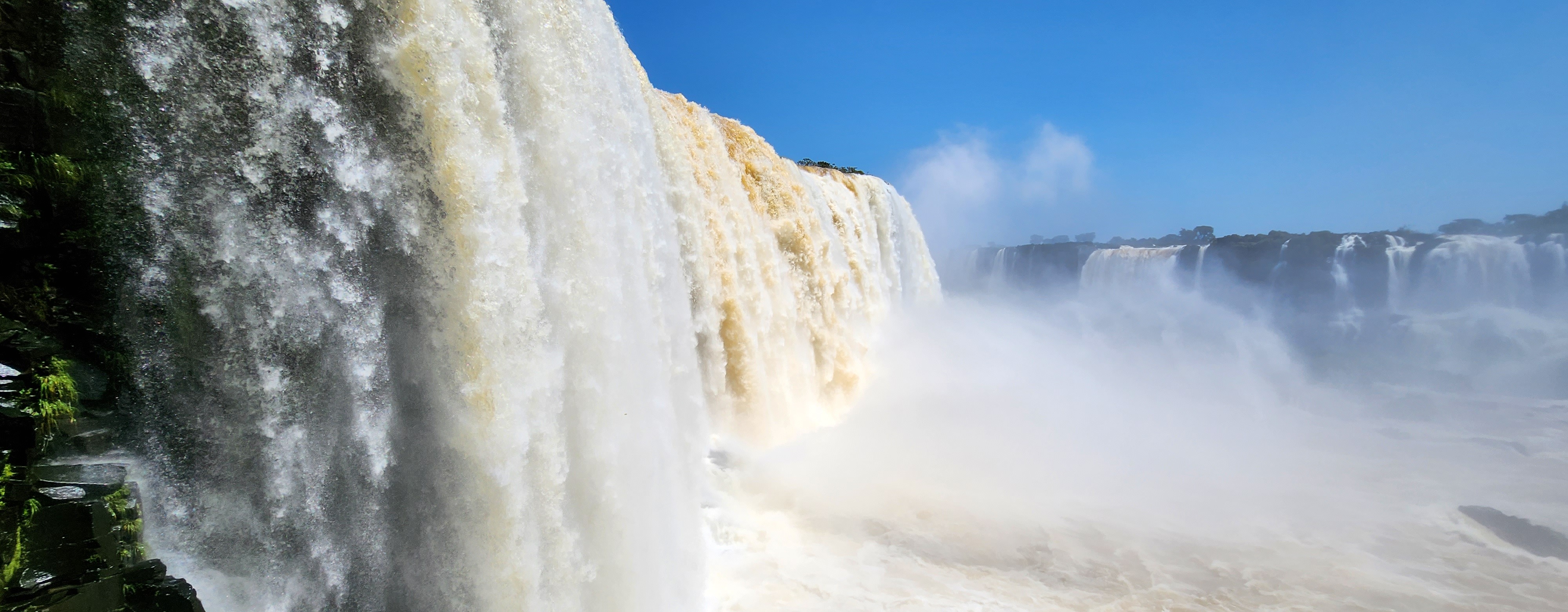















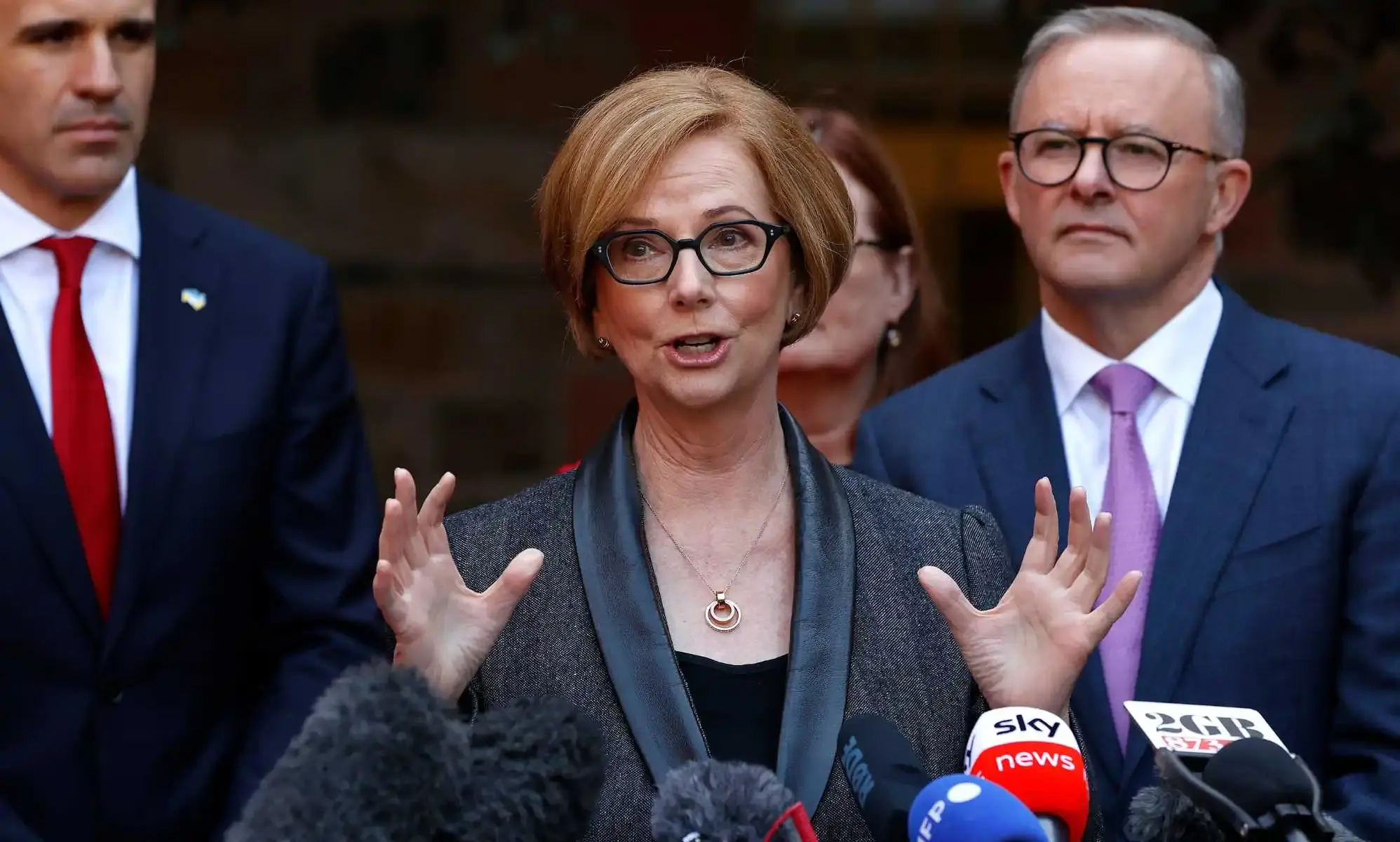



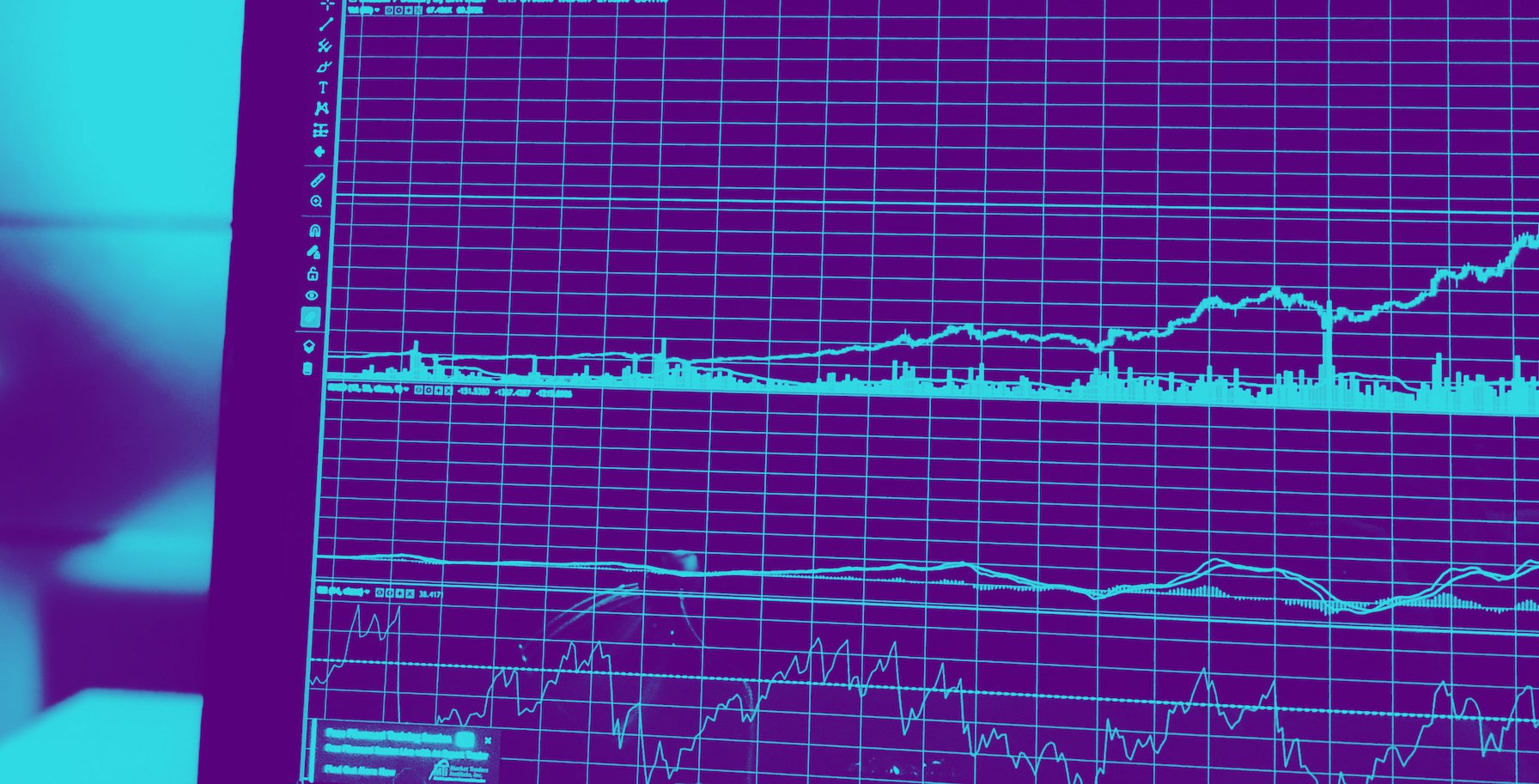
Yep!